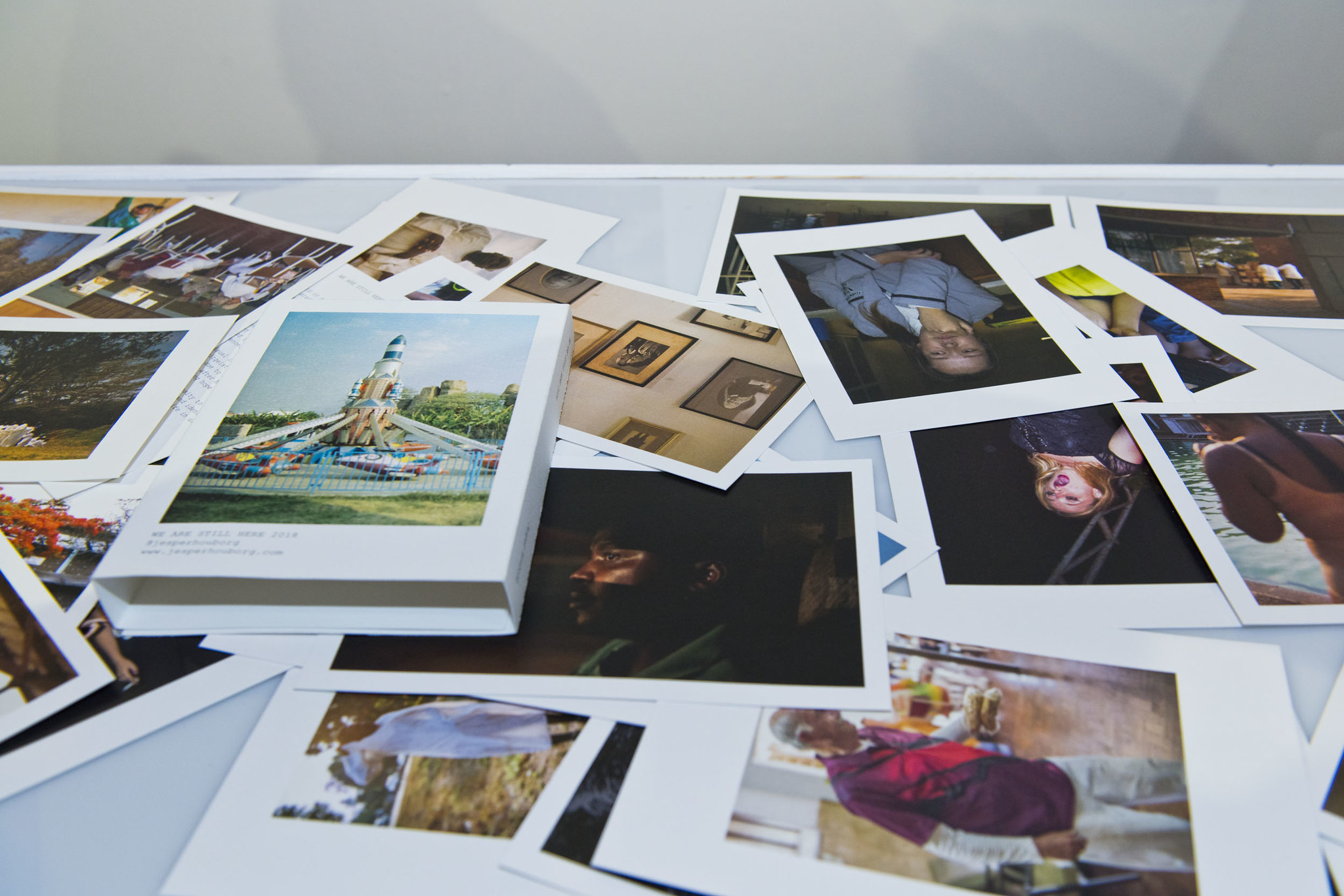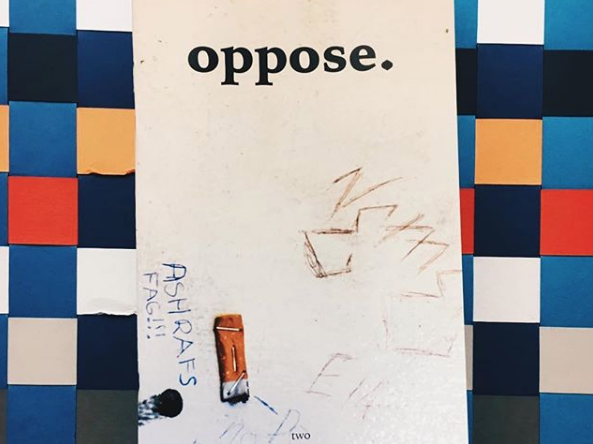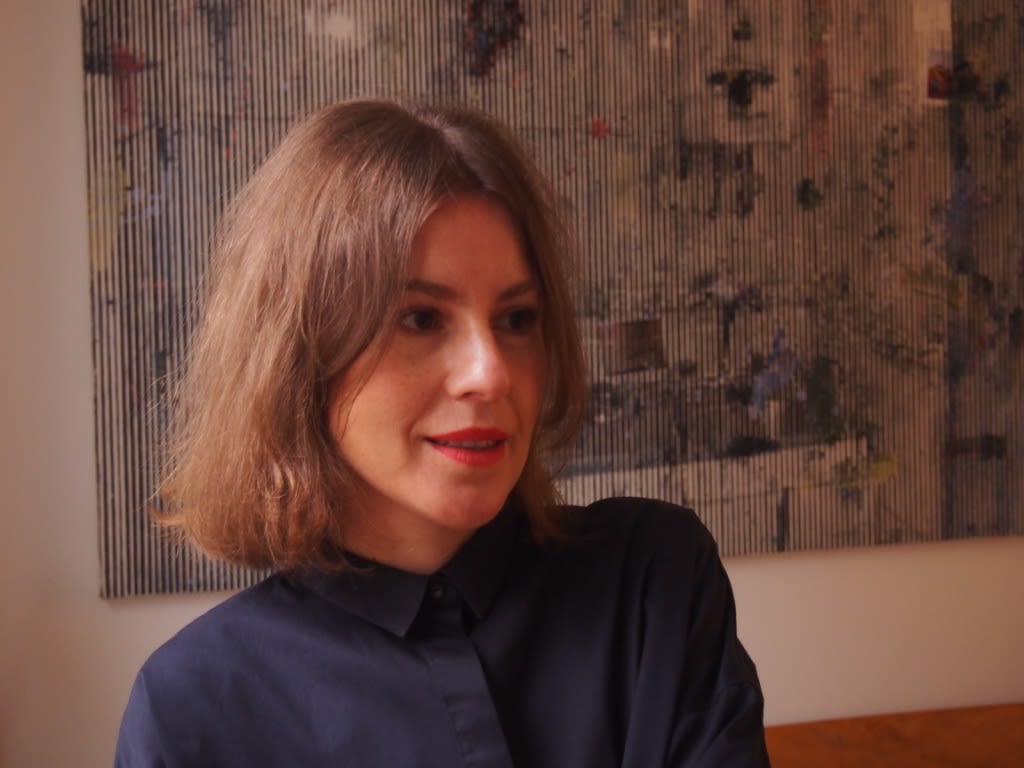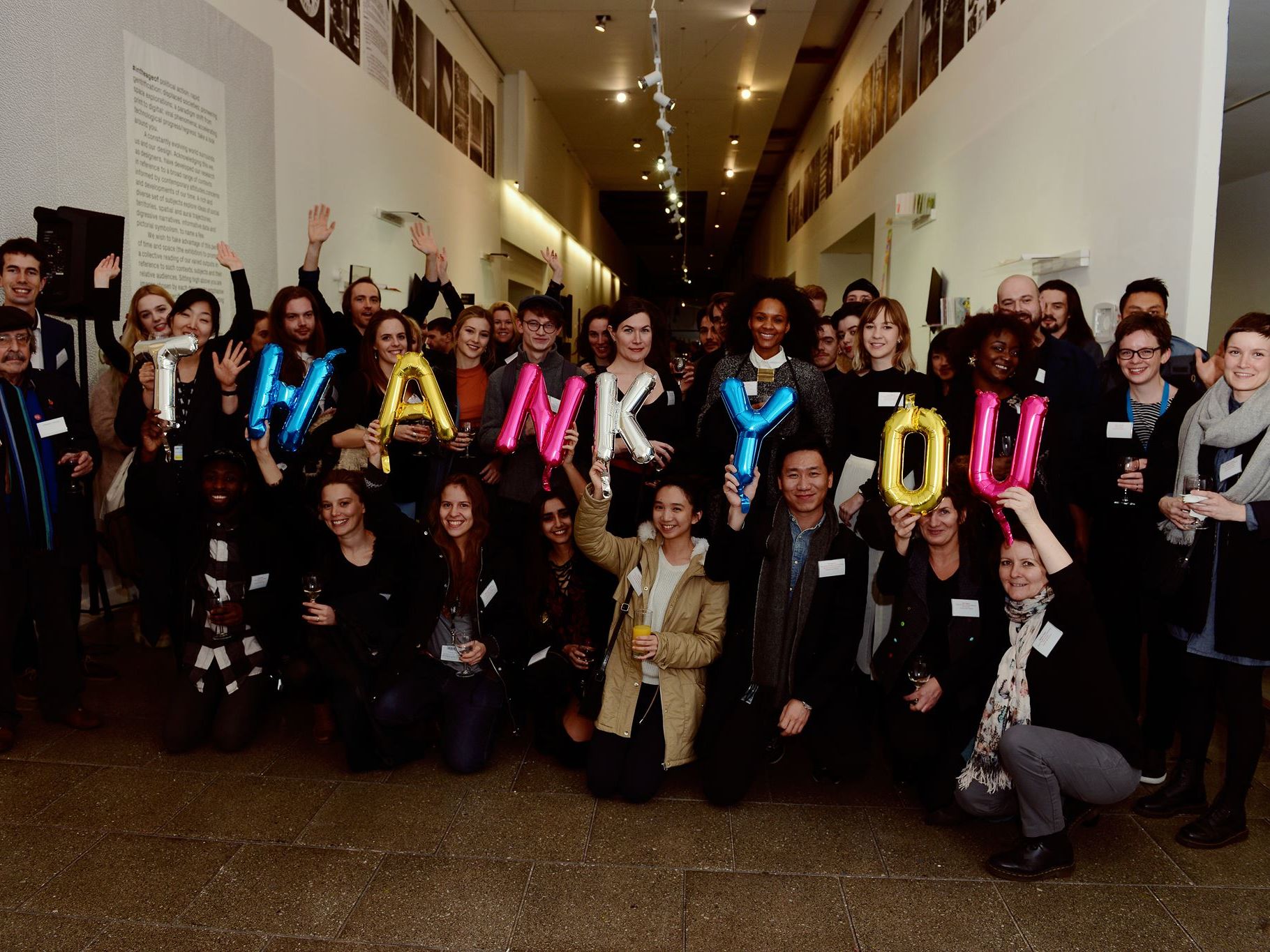MA Arts and Lifestyle Journalism course leader Lucia Vodanovic has edited a new book on the field, entitled ‘Lifestyle Journalism: Social Media, Consumption and Experience.’
The collection, due to be published by Routledge on June 27, is edited by Vodanovic, and examines the complex dynamics of lifestyle journalism, exploring aspects of consumerism, entertainment and cosmopolitanism, as well as traditional journalistic practices.
The book includes material for journalism students and academics, ranging from travel to wellbeing and fashion to food, and features contributors from across the world.
We spoke to Lucia Vodanovic about the book and the growing interest in lifestyle journalism.
What exactly is Lifestyle Journalism?
Traditionally it has been defined as a niche sector in journalism that primarily addresses its audiences as consumers. However, one of the propositions of the book is that this definition is too narrow.
Lifestyle journalism refers to the coverage and storytelling of different expressions, values and practices of everyday life, that may concern consumption but also other issues such as identity, social constructions and more.
Despite having a long history, lifestyle journalism appears a relatively new area of academic study. Why is that?
Lifestyle Journalism has often been sidelined in academic research because the latter has dealt primarily with the public and civic functions of journalism, and not so much with everyday experiences. This is changing.
There is also an interesting yet not so visible lineage of journalism research that explores how the choices which we make in our private lives have consequences for wider social and political issues.
What are the aims of the book, and who is it for?
The aim of the book is to assert the importance, uniqueness and relevance of lifestyle journalism. The book explores how social media, branding, representation, gender, and experience and sharing economies play out in specific ways in the field of lifestyle journalism.
The book also contributes to the field of lifestyle media more broadly, which has almost ignored (with some exceptions) the role of lifestyle journalism as a cultural mediator.
What were some of the challenges in collecting the research and case studies?
The wide scope of its case studies in geographical terms. It has contributions from countries as varied as Turkey, the United States of America, Denmark, France, Chile, Mexico and several others. All those countries have different traditions of journalism, while sharing the fact that the lifestyle sector is growing and expanding.
Also, as with all lifestyle journalism research, there is not that much written about it, so you need to borrow from other traditions and theoretical frameworks, while also asserting the particularities of lifestyle journalism. This is not a 'media studies' book – it talks about and addresses journalism, even though it has a lot of inter-disciplinary elements.
What is the impact of social media on lifestyle journalism – is it positive or negative?
Social media is neither positive nor negative, it depends on what you do with it. In terms of lifestyle journalism, there is an added complexity derived from the fact that social media has not only transformed journalism, it has also changed our consumer habits. The book explores the potential clashes of social media with traditional journalistic values and roles.
Social media may have an even more prevalent function in lifestyle journalism than in other forms of journalism, given its consumer-oriented nature and the presence of actors outside the profession, such as fashion bloggers, amateur food writers or trend forecasters.
What is the future of lifestyle journalism – do you see a lot of change and if so, is it exciting or a challenge?
Lifestyle journalism is growing everywhere, it is occupying more and more space in traditional media and there is also a huge growth of lifestyle-only platforms.
Some of the challenges it faces are the same as with other forms of journalism, such as funding, lack of diversity of the workforce, precarious employment of journalists. Potentially, lifestyle journalism could arrive to different solutions to those issues in terms of news business models. It is an exciting time for the field.
Lifestyle Journalism: Social Media, Consumption and Experience is out June 27 on Routledge. Find out more:
- Find out more about MA Arts and Lifestyle Journalism
- Find out more about the book
- Check out upcoming events at London College of Communication




